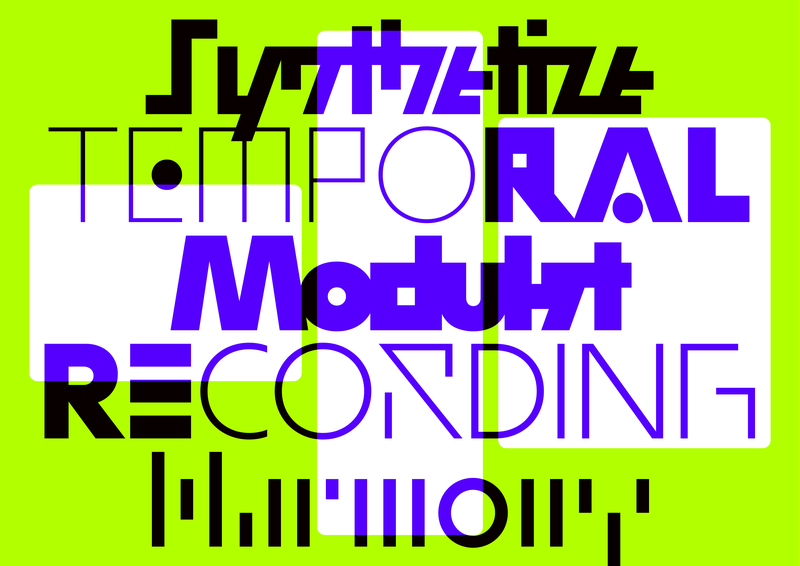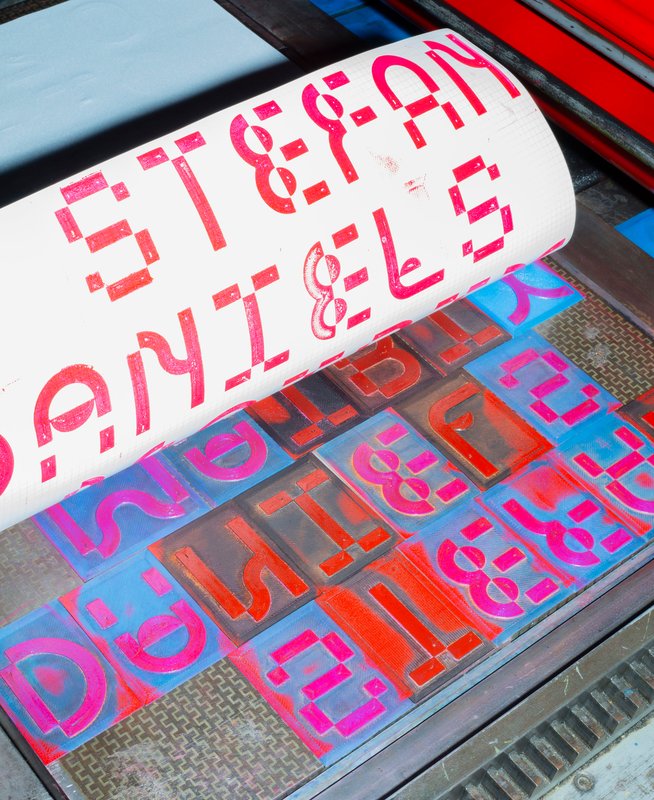
GRAPHIC DESIGN
Hugo Scholl – Modulat – 2025
by Hugo Scholl
MODULAT is a variable typeface designed around the concept of a musical visualizer. Starting from a neutral design, it branches out into multiple character sets, each allowing adaptation to different graphic and sonic worlds. Its variation axes enable it to adjust to a wide range of display formats, making it suitable for use across various digital platforms. Conceived as a modular tool, it questions how a typeface can accompany music while maintaining visual coherence. The project combines formal experimentation with a search for graphic adaptability.















































